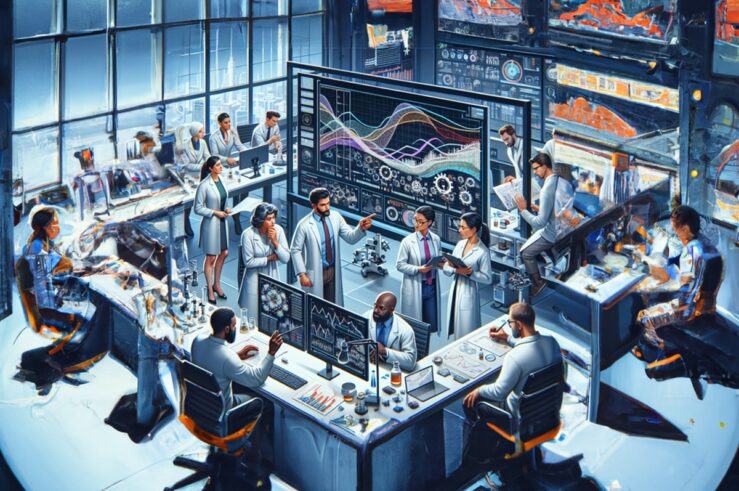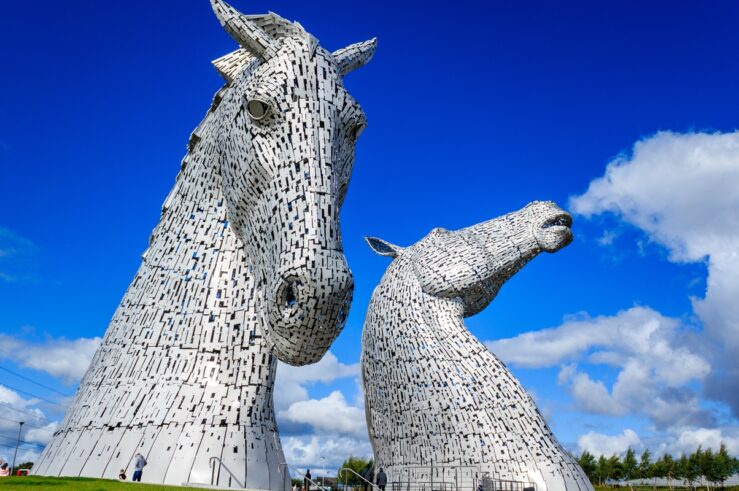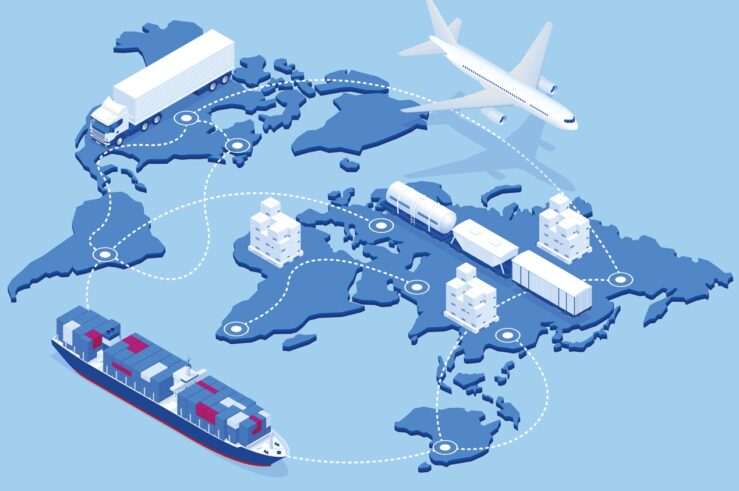
Apologies for my relative absence of late: my day job, and all. I know my 3 loyal readers out there (hi Mom!) were wondering about me. Soon, I’ll post more of substance. Meantime, here’s a little chestnut for your bedtime reading pleasure, culled from an article in the Economist.
I don’t regularly read the Economist. Not because it’s not worth reading, but because I just don’t have the time, what with my heavy blog-reading schedule. Besides, my colleague, Joe Miller, reads it, and he frequently leaves excellent clippings on my desk. But traveling for the holidays I picked up the year-end issue. And man, was it good. I may blog about a few of the stories I found there over the coming weeks, but for now I want to point to this one: The Story of Wheat.
You know the basic plot line: Some 10,000 years ago someone first cultivated wheat, and the Malthusians have been predicting catastrophe in the face of remarkable progress ever since.
The great part about the story in the Economist is its clear presentation of how technology and ingenuity have continued to stave off the apocalypse.
Continue reading below the fold for the good parts version; it’s a great story.
In the early years:
The horse collar arrived in the third century BC, in China. By not pressing on the animal’s windpipe, it enabled the animal to drag greater weight—and faster than an ox. In 1701 AD the Berkshire farmer Jethro Tull devised a simple seed drill based on organ pipes, which resulted in eight times as many grains harvested for every grain sown. Like most agricultural innovators since, he was vilified. A century later the threshing machine was greeted by riots.
Then:
The Malthusian crash was staved off in the 19th century by bringing more land under the plough—in North America, Argentina and Australia especially.
Later:
This time it was the tractor that averted Malthusian disaster. The first tractors had few advantages over the best horses, but they did not eat hay or oats. The replacement of draft animals by machines released about 25% more land for growing food for human consumption.
Followed by:
Between 1840 and 1880, guano nitrogen made a vast difference to European agriculture. But soon the best deposits were exhausted. In the dry uplands of Chile, rich mineral nitrate deposits were then found, and gradually took the place of guano in the late 19th century. The nitrate mines fueled Chile’s economy and fertilised Europe’s farms.
And then:
On July 2nd 1909, with the help of an engineer named Carl Bosch from the BASF company, Fritz Haber succeeded in combining nitrogen (from the air) with hydrogen (from coal) to make ammonia. In a few short years, BASF had scaled up the process to factory size and the sky could be mined for nitrogen.
Later:
Borlaug took some Norin, and Norin-Brevor hybrid, seeds to Mexico and began to grow new crosses. Within a few short years he had produced wheat that yielded three times as much as before. By 1963 95% of Mexico’s wheat was Borlaug’s variety, and the country’s wheat harvest was six times what it had been when Borlaug set foot in the country.
All the while the Malthusians were wringing their hands:
Paul Ehrlich wrote a best-seller arguing that the world had “too many people�. Not only could America not save India; it should not save India. Mass starvation was inevitable, and not just for India, but for the world.
But meanwhile:
Borlaug refused to be so pessimistic. He arrived in India in March 1963 and began testing three new varieties of Mexican wheat. The yields were four or five times better than Indian varieties. . . . By 1974, India’s wheat production had tripled and India was self-sufficient in food; it has never faced a famine since.
And now:
Today scientists use thermal neutrons, X-rays, or ethyl methane sulphonate, a harsh carcinogenic chemical—anything that will damage DNA—to generate mutant cereals. Virtually every variety of wheat and barley you see growing in the field was produced by this kind of “mutation breeding�. No safety tests are done; nobody protests. The irony is that genetic modification (GM) was invented in 1983 as a gentler, safer, more rational and more predictable alternative to mutation breeding—an organic technology, in fact. Instead of random mutations, scientists could now add the traits they wanted.
Still:
Yet, far from being welcomed as a greener green revolution, genetic modification soon ran into fierce opposition from the environmental movement. Around 1998, . . . two centuries after Malthus, green pressure groups began picking up public disquiet about GM and rushed the issue to the top of their agendas, where it quickly brought them the attention and funds they crave.
But now:
In 10,000 years the population has doubled at least ten times. Yet suddenly the doubling has ceased. It will never double again. The end of humanity’s population boom will happen in the lifetimes of people alive today.
It’s really a fascinating story, isn’t it? At every turn, technology and innovation (pitted notably against Luddites, intransigent governments and fretful greens) stave off the “inevitable” while the Paul Ehrlichs of the world yawp and sputter.
PS: Bonus points if you know the source of this post’s title.




